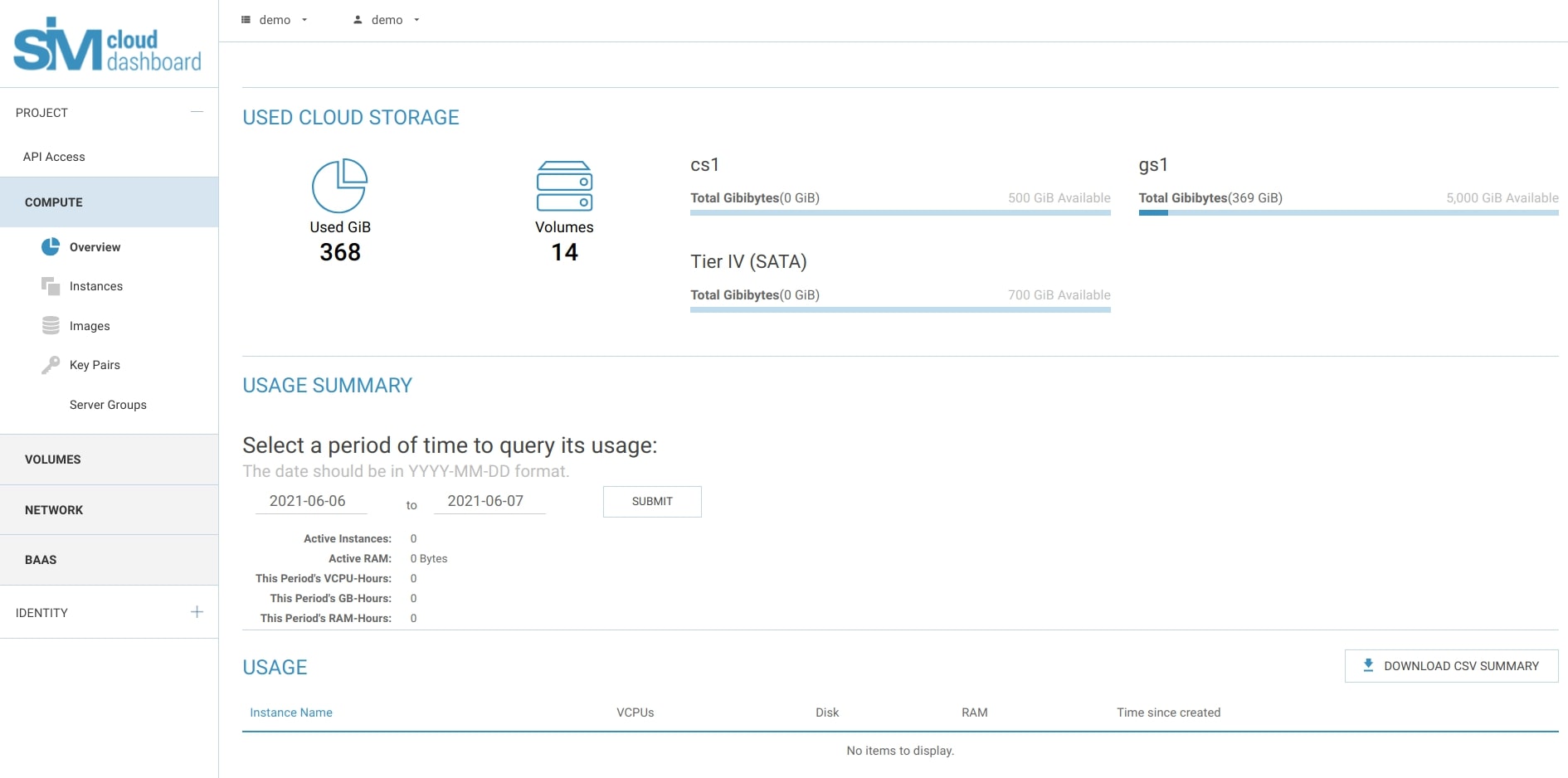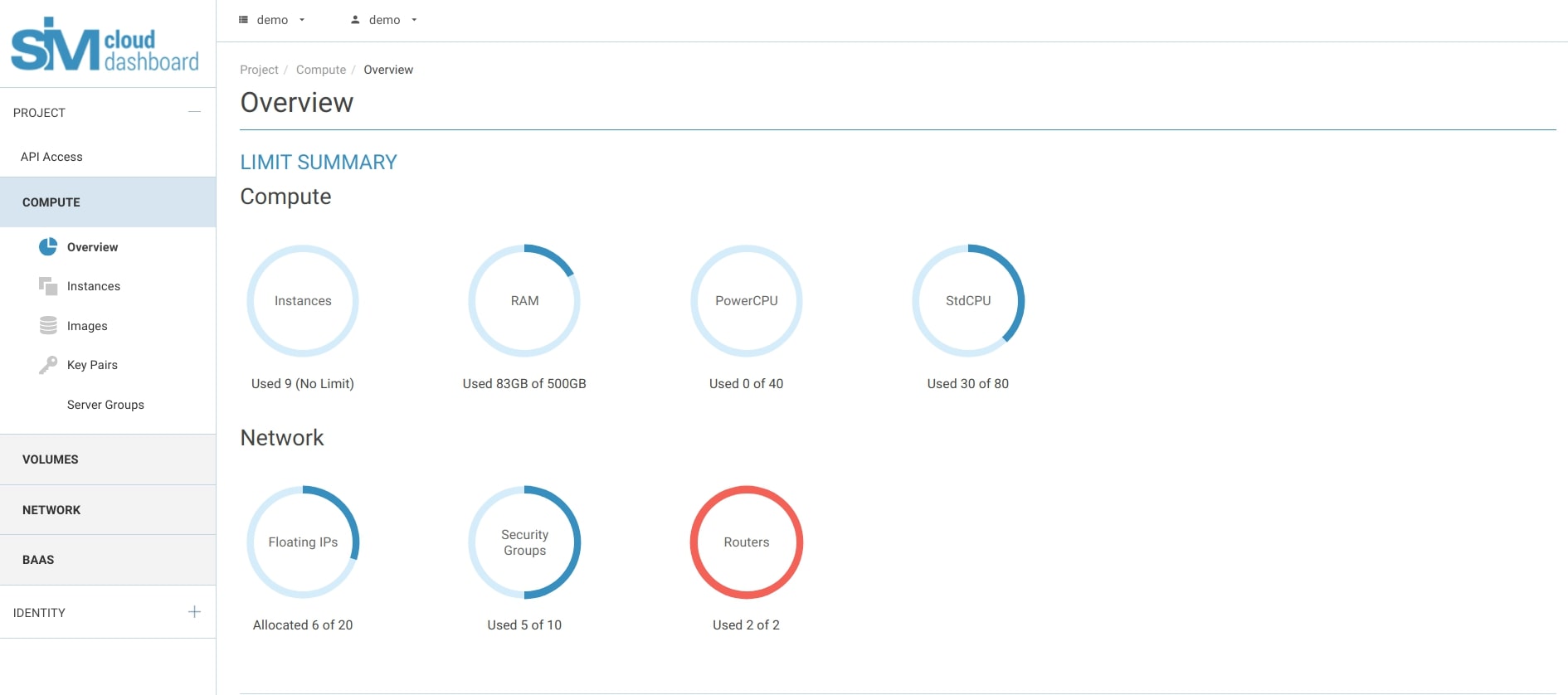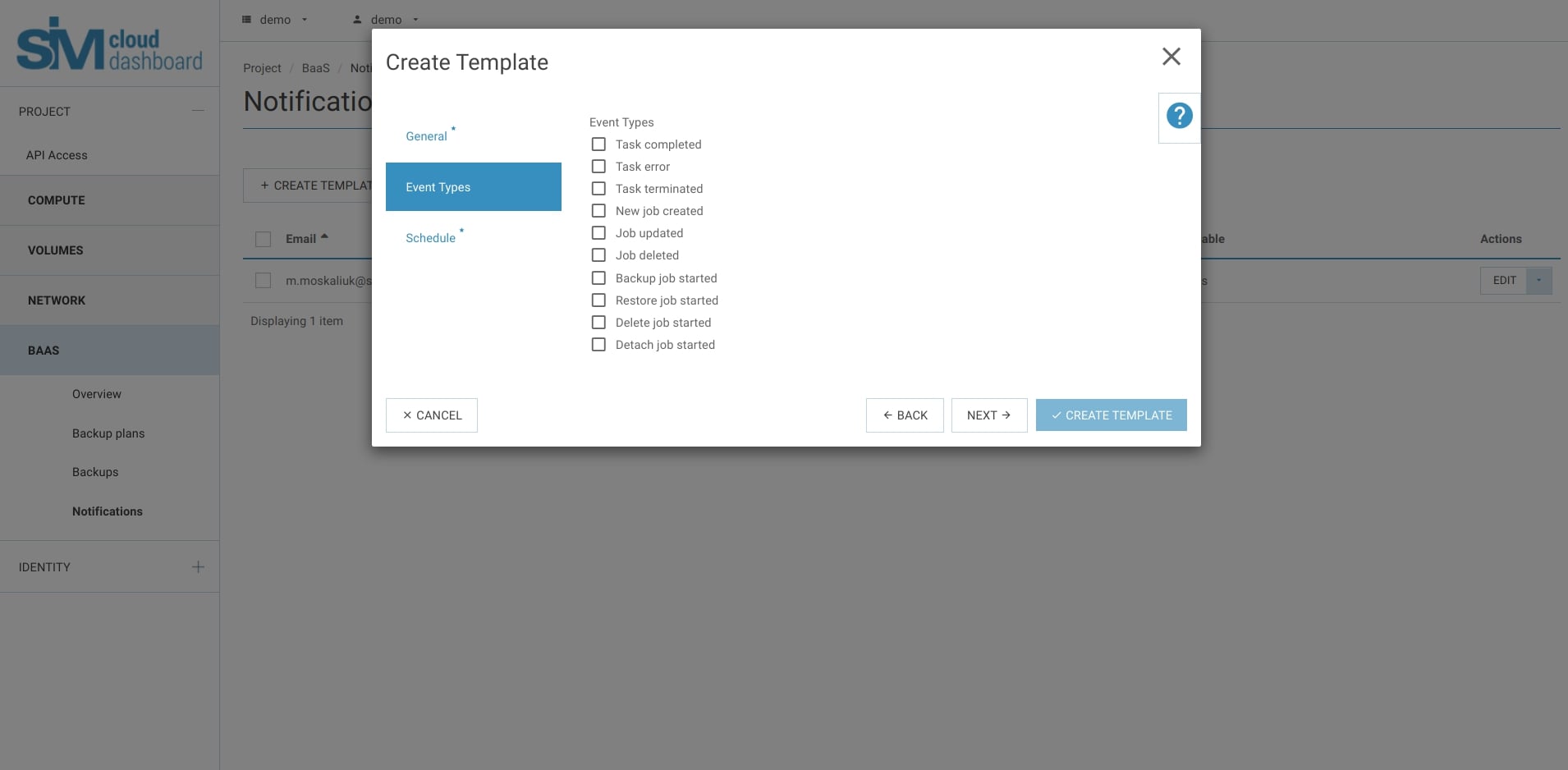We continue to improve and update our public SIM-Cloud so that our clients receive the best service possible. We’re glad to present SIM-Cloud 5.0 where we have updated every single microservice and significantly improved the platform’s performance. Let us go through the most significant changes in this update from the user’s viewpoint.
SIM-Cloud 5.0: What’s new?
What are the new features in SIM-Cloud 5.0?
S3 cloud storage
A new secure object storage based on the S3 protocol is now available. The amount of data you can store in S3 is virtually unlimited. This is why S3-compatible storage is often used for file and media archives, backups, Big Data analytics, web-development, and static content storage.
New OS images
We have updated the list of operating systems available when creating an instance:
- Focal-server-cloudimg-amd64 (Ubuntu Server 20.04 LTS)
- CentOS-8-GenericCloud-8.1.1911
- Debian-10-openstack-amd64
- Kerio-control-appliance-9.2.9
We have also updated the images that were already available so that our clients could use the most up-do-date software with the latest security updates.
New CS1 storage type
We have developed a new type of storage, CS1 (Cold Storage). The users of SIM-Cloud projects can now use it to create instance volumes. CS1 was implemented as an alternative to Tier IV (SATA). The new storage type can handle more I/O operations (IOPS), which makes it a good choice for light workloads.

Apart from the increase in performance, we have also improved the stability and the fault tolerance of the storage.
New groups of instance types with high-frequency CPU support
We have added new servers with high-performance kernels to the pool of SIM-Cloud’s computing resources (hypervisors). The new «Power Flavors» group of instance types supports high-frequency CPUs. Instances in this group are meant for use with services and applications that require high performance.

BaaS event notifications in the web-interface
The SIM-Cloud Dashboard now supports email notifications about various events in the BaaS reserve copy service.

UEFI instance support
You can now launch UEFI-based instances. This option will be of use to clients who are migrating to the SIM-Cloud from services that used UEFI for virtual machine deployment.
How were the services improved?
BaaS recovery and reserve copying service updated
We have prepared a number of changes and improvements aimed at optimizing the Baas reserve copy service. The changes have improved the performance of the service and made it more reliable and user-friendly.
Here are the main changes we’ve implemented:
- Backup plans are now used instead of jobs
- Turning off reserve copying for a disk is now simpler
- Reserve copying service monitoring is now easier
- Recovery point deletion has been optimized
- BaaS element rendering has been improved
- Backup for disks with zero volume error has been fixed
Some of these optimization efforts were aimed at preparing BaaS for updates on a larger scale; ones that will actualize the full potential of the service and introduce new possibilities.
Updated OpenStack services
We have updated a number of OpenStack services twice: first, to version Queens; then, to version Rocky. Here are these services:
The features within these services have been supplemented and improved; certain bugs have been fixed.
Finished migrating CEPH-storage to Luminos Bluestore
New software has been installed on the nodes of our CEPH storage, which allowed us to migrate to the BlueStore architecture. The new architectural solution has improved the stability of the system. This is achieved through the use of a reliable checksum block verification mechanism. This solution also changes the IO template when performing the write operation, which reduces the risk of split-brain.
These updates are a step towards launching the second Availability Zone, which will allow SIM-Cloud users to deploy highly available infrastructures by using redundant services and combining them into clusters.
Factor 3 replicas introduced in CEPH-storage
We’ve implemented changes in the configurations of CEPH storage, which are used to provide power to CS1, Tier IV (SATA). These storages in the avz1 availability zone were transferred to factor 3 replication.
The replication factor is the level of data redundancy in the storage. There are three times more data copies on different nodes and disks. Every object in the storage is saved in three copies, each on a separate node. This update has significantly improved the reliability of the storage and increased its availability.
Our clients’ experience is our main priority. This is why we never stop working on our products, but continue to expand their features, optimize the services and fix the flaws within them.
Did you like the article?